No longer just a realm for twenty-somethings flashing their creativity or the other side of an adrenaline-junkie fanbase, cosplay is evolving. A new generation – precisely the fans riding the crest of their thirties, forties, and beyond – is making their mark at conventions. Forget the pervasive myth that creativity and passion fade outside those youthful years. The vibrant, extensive, and deeply imaginative cosplay community is witnessing an unprecedented number of older cosplayers stepping into the limelight, not just as meticulous crafters and guardians of pop culture history, but as undeniable trendsetters, critics, and creators who are taking over iconic events like Comicon. This isn’t a thing relegated by decades; it’s a shift towards an appreciation for depth, authenticity, and masterful storytelling unfolding right before the eyes of convention-goers, changing what it means to truly immerse yourself in the fictional worlds you love.
The Power Shift: Crafting Legends and Legacies
The simple notion that “older” equates to “less able” is perhaps one of the most antiquated misconceptions floating around fandom. Cosplayers over 30 are often entering their prime years – mentally and skillfully – bringing decades of accumulated knowledge, unwavering dedication, and a deep understanding of craftsmanship. They haven’t just committed lore and character nuances to memory; they have WEAVED them into physical tapestries. You might see video game characters transformed into stunningly realistic muesli packaging or anime icons brought to life through intricate tailor-made haute couture, aged skin textures, and digitally projected flames. This depth goes beyond mere imitation, offering layers that resonate more profoundly with fans seeking substance alongside spectacle.
Consider the meticulous Bride of Frankenstein cosplayers who carefully curate decades of subtle aging makeup applied over countless hours, drawing audience members into a narrative era comprehending the ghouls not just as monsters, but as complex figures touched by humanity. Or the dedicated Mythbusters enthusiast whose intricate, gear-filled prop replica gun, meticulously hand-spun and doused with faux oxidized finishes, tells the story of scientific inquiry and clever experimentation within the show’s universe. That kind of vision and fine motor control? My generation born in the late sixties definitely has something for you.
Moreover, navigating adulthood often comes with certain tangible advantages. With years lived, experience accrued, and personal growth undergone, older cosplayers bring a unique perspective and often demonstrate improved life management. Forget youthful skin, vibrant spray paint, and marathon running; it’s about resource management. They can comfortably balance high-end commission work – creative freelancing on Amazon platforms requiring only creativity and digital marketing, if you wish to monetize remotely, though traditional Etsy or personal sites are viable too – alongside intricate personal projects, leveraging skill and professionalism.
This isn’t just creativity; it’s life. Each element of their cosplay isn’t just a prop or a stitch; it’s a testament to commitment and storytelling. It speaks to a fandom maturing, appreciating spectacle not at the expense of narrative resonance, but by enhancing it.
Redefined ‘Creativity’: Experience Fuels Authenticity
The core misconception needs dispelling head-on: age does not kill creativity. While there might be a popular trope surrounding the “digital immigrant” midlife crisis diving into pop culture hobbies, the reality is often the complete opposite. Maturity allows for a nuanced understanding and execution of cosplay, often moving beyond surface-level character mimicry into genuine interpretation and symbolism.
It’s about Depth Over Flash. A thought experiment: Which is more iconic and memorable – a twenty-something replicating Akira Toriyama’s Dragon Ball characters with impressive speed and impersonal enthusiasm, or a forty-something dedicated enthusiast spending months to eerily accurately capture Cell’s menacing presence with weathered, aged panels, subtle motion-controlled accessories reacting to their environment, and a backstory woven into meticulously documented build logs? The latter often has legs that stick with fans long after the panels close, driven by meticulous detail, thoughtful interpretation, and haunting realism. This level of immersion requires experience, patience, and a deep understanding of the character’s essence beyond their flashy movesets or pixelated anime appearance.
It’s about Balance. Younger cosplayers often chase down over-the-top intricate builds that demand years of effort, sometimes at the cost of wearability or professional responsibilities. Many are amateurs, enthusiasts living their passion. But look at the manufacturers and comic artists of the 80s and 90s – their best thought-out, boundary-pushing creative work often arrived from years of dedication, rising to prominence in the industry not due to youthful chance but via sustained decades of passion projects and deliberate skill-building. Mature cosplayers master this balance – intricate detail integrated with practical wearability and thoughtful character extension. That three-point-per-kilogram dress with convincing historical textile research and breathtaking embroidered details speaks volumes about control, discipline, and the ability to elevate the craft. Connect with local events for inspiration in Calgary often features cosplayers who showcase these “slow craft” elements.
Another angle: authenticity. If a character resonates deeply with an older cosplayer who’s experienced their own trials and triumphs, their cosplay isn’t just a打扮 but a statement. They infuse it with a layer of personal history, maybe channeling a mentor figure, an older sibling, or embodying hard-won life lessons. It’s less fantasy escapism and more an extension of lived experience, lending it a depth that raw youth might not initially grasp unless mentored. Think of the nonagenarian cosplayer who faithfully replicates a hero of their youth – their cosplay isn’t just about resemblance; it’s a living history book, a tribute worn with conviction born from unflinching life. Their eyes carry experiences the character etched in gory detail on their costume.
Beyond the Blink of an Eye: Proficiency Develops with Time
Let’s face it: The “wow” factor of intricate convention costumes, as dazzling at your local San Diego Comic-Con convention as the fan tents at the Las Vegas event, comes easier to someone who’s taken decades to hone their craft. A decade or more of experience doing shows just isn’t the same as having spent a year or two mastering the medium. This accumulated technical proficiency allows older cosplayers to achieve visual effects with more polish and fewer fumbles. Have you ever noticed the recurring theme? The multi.cosplayers with years of experience rarely need to figure out “how do I make glitter paint shiny?” on the spot. Their steam grills, metallic textures, baked-in fabric, and greenscreen transitions become second nature, because they do it every weekend for work or community events.
Amateur cosplay and professional cosplay coexist beautifully at conventions, absolutely. But the distinction lies in the difference between ‘adequately representing a character’ and ‘creating a moving visual or literal piece of wearable art’. It carries the weight and refinement that comes from ten thousand practice sessions mastering specific painting techniques or understanding that perfect wrap-around armor construction that resists unwanted movement.
Take scene cosplays, for instance. Younger collaborators might approach it as an exercise in photo poses and managing schedules. Mature teams, on the other hand, often bring a theatrical direction, deep character understanding, and an ability to read a crowd instantly. They grasp the conventions of performance stopping halfway through filming (like “Camera!” signals or improvisation) and bring that into their group scenes. It elevates beyond simple group presence into a shared narrative space. This artistic knowingness isn’t a skill that simply appears overnight; it’s cultivated through years of attendance, cosplay leadership roles, running booths, collaborating (at markets like the Pittsburgh show), and breaking down complex human interactions that enrich storytelling.
Furthermore, older cosplayers often possess more access to specialized materials and equipment, a result of accumulated wealth and smart financial management, a lesson vital for any creative soul starting their journey. They might use specialized waxes for their sculptures, invest in high-quality inkjet printers for fabric transfers (something you can probably get cheaper on Amazon), or use advanced laser-cutting machinery available only in dedicated fabrication shops or utilized through freelance fees. This unlocks possibilities young enthusiasts might find financially or technically unattainable, leading to builds once considered mythical, turning convention floors into galleries showcasing incredible art accessible because years of dedication have paved the way.
The Resurgence of the “Old Timers” at Conventions: Debunking the Myth
We’ve all seen the trope somewhere: the haughty elite who rule a convention with an invisible kingdom, excluding the new broom that sweeps under their convention center carpet. That just highlights the artists overlooked! But here’s the thing – cosplaying isn’t a dead-end pursuit tied to specific life eras. On the contrary, it’s a celebration of ongoing enthusiasm and adaptability. Younger cosplayers often fuel their creativity through passion projects, whereas older ones approach it with tenacity bordering on obsession. The stereotype isn’t that they’ve run out of steam, but that perhaps their steam engines run more cleanly and efficiently, contributing a vital component to the evolving machine called “cosplay culture”.
“Elders”: True Master Craftsmen of the Convention Craft? The reputation of older cosplayers as kings and queens of craftsmanship is well-deserved. At Anime Baltics, ECCC, New York Comic Con, or San Diego’s massive World Con, panels are ranging from intricate chimera interior work to metallization techniques that have legs, blister persuasive layers with realism. But despite the growing ranks of technical masters in mid-life and beyond in fandom, the community isn’t just being replaced. It’s being enriched by a diversity of expertise and viewpoint. We bring decades of pop culture memory and artifact interpretation. Younger cosplayers might understand the current lore, but they don’t necessarily have the depth of cultural history woven throughout the narrative fabric. This isn’t replacement, but renaissance.
Pivotal Mentors and Knowledge Keepers These experienced “digital seniors” have become the irreplaceable mentors. They don’t just talk at panels or social media, but they answer authentic questions about historical influences, technical challenges (like “how do I make that rusty armor patch without it looking like a craft fair attack badge?”), especially in smaller fandom communities. They often maintain active groups or archival accounts contributing to online resources. Sometimes, their wisdom is shared through advice rather than exposition: The steady hand guiding someone through practical challenges is invaluable. Think of the dedicated cosplayer who runs a Discord community for UK cosplayers or moderates the main forums – they’re roles often assumed by those who’ve lived through shifts in the convention landscape, adding layers of reliability to your creative journey.
Moreover, older cosplayers often exhibit unique style perspectives. Having navigated trends comes and gone over decades, their comfort with more subdued, symbolism-forward expressions of fandom is growing. They understand that cosplay isn’t solely about social media hits or viral appeal – though that definitely occurs! – but more importantly, respected authenticity and personal narrative. The understated editor who cosplays coveted corporate characters with carefully adapted pieces that make a bold art commentary is blooming at conventions. Their distinct styles often stand the test of convention season scrutiny rather than fading after a few panels. Fame is fleeting, but influence builds on wisdom and years of consistent commitment to their art form.
The ‘Myth of Fading Creativity’: Revisiting Cosplay Timelines
Think web design used to be an entry-level gig reserved for early adopters. Think web development awards still given out? Now thirty! That doesn’t mean coding prowess faded; it matured. It integrated into nearly every other industry and skillset. Similarly, cosplay is evolving. The initial wave burst onto the scene at straight conventions dominated by youth and fandom culture. Over time, it required an undeniable artistic commitment and intelligent adaptation to hobbies it was fast becoming very competitive (something even my Calgary-area colleagues with their incredible city journalism background know well).
What often gets misattributed as declining creativity is effective maturity. It transitions from spontaneous hobby exploration to defined discipline, quality control, and lifespan creation. Older cosplayers aren’t less creative because they’re older; they’re more knowledgeable, better equipped to translate inspiration into execution, and more skilled at showcasing their work with the consistent professionalism expected at conventions. They’ve logged hours into every facet of their creative quest, applying them to their work in ways comparable to artists in their peak creative years.
This artistic development mirrors life writing. Your twenties are about exploring, throwing caution technique to the wind. Your forties are about reflection, structured truth, a definite point of view (even if not fully formed yet). It’s not about stopping, but about refining. A thirty-year journey into fictional universes doesn’t leave you creatively exhausted; it’s likely going into an inspired overview. This deep knowledge, born from intense analytical work and career/life crossover, transforms cosplay into a nuanced art form, capable of penetrating deeper into the themes and resonances of the source material. It becomes an investment in thinking deeply about the function, mythology, and representation within popular culture.
Advantages Mature Fans Hold at Conventions
While young enthusiasm certainly provides fuel, mature attendees often bring distinct operational strengths that contribute significantly to the cosplay community and their convention experiences: sheer life applications. Think of them as seasoned artists in a younger art collective – valuable for their perspectives, technical know-how, and unwavering commitment to quality.
1. Resourcefulness – They know how to manage finances, budget for years of prep, handle unexpected creative streetside interruptions, juggle convention schedules, manage EQ fatigue over extended periods (like attending days across multiple eventdays), secure equipment long-term, and maintain balance during fandom peaks. Having managed adult responsibilities likely doesn’t involve a massive breakdown during character testing.
2. Feedback Savvy – Mature cosplayers are often more practiced at providing constructive and well-considered feedback, offering critique focused on durability or narrative fit rather than simple aesthetic dislikes. They can avoid the younger demographic’s common mistake of assuming their perspective is the standard. They’ve likely heard nearly every argument about “cringe” cosplays and understand the spectrum of what constitutes immersion.
3. Comfort with Complexity – They understand the appeal of over-the-top, complex builds, don’t shy away from detailed referencing beyond surface-level anime tropes, and can appreciate nuance layered deep within the costume design, makeup, props, and interpretation. They grasp that tackling a challenge doesn’t mean failing at one.
4. Perspective and Professionalism – Often navigating adult interaction professionally, they maintain grace and composure, avoiding common novice pitfalls like loud complaints, crafting overly aggressive character interpretations (bordering on cliché), or washing away their creations over a bad show outcome. Their innate ability to execute their creative vision within operational constraints (like fan conventions with multiple panels) builds an audience presence respected genuinely rather than manufactured virally.
Think of the San Diego International Cosplay competition panel – every year, conventionalized expertise, professionalism, and an acute awareness of performance and audience deciphering comes through. That’s not a trait exclusive to young admirers finding work. It’s often a hallmark of decades-experienced enthusiasts who deliver compelling visual stories and know exactly how to align their cosplay with the event’s theme – maybe events like Anime Mississauga or MCM London Comic Con.
If You’re Skeptical, or Even Checking This Out Because You’re Over 30, Think Differently
Perhaps the unspoken fear circling your mind after reading all this admiration is wondering, “Is this cosplay thing really for me too?” You might face down internal critics saying, “It’s too noisy already, places like New York Comic Con, San Diego’s marvel flagship, London’s swirl of storms, are designed for vibrant engaged audiences?” The answer? Absolutely. Embracing cosplay is not about minimizing another difference but celebrating the brilliant human stories embedded within every outfit, character journey, venue angle, and community hub. No single age defines enthusiasm.
Look around you (in your local community center host events or fan showrooms, like those showcased in Toronto’s vibrant downtown scene). People from every walk of life, strutting conventions in meticulously researched and beautifully crafted costumes. Each brings their own unique skillset, backstory, and dedication. Cosplay is a language spoken in countless dialects, by artists who have dedicated decades to mastering their nuance. It’s about the transformation, the ritual, the thrill of stepping into someone else’s world, a concept incredibly popularised in cultural hubs globally from Sydney to Montreal.
The key is to move beyond self-doubt and simply dive in. You don’t need to spend droves pouring out money (you can find the perfect scanner for your collection cheaply on checkout desks at conventions) or possess hours upon hours just yet. Start by focusing on areas you already have interest and know for confidence. Cosplay isn’t just about fooling an audience at local Comic Con events; it’s about creating something authentic that resonates with the fandom. It’s empowering.
Imagine the joy – a deep, ever-lasting satisfaction – of stepping into an admired character, drawing parallels between your life experience and their arcs. Imagine your creation—not just one hour hobby, but a lifelong journey—bringing you from a spectator headcanon enthusiast to an author, an immersive conveyancer, someone who cuts through the usual noise to tell a layered story.
Time for a Comeback? Yes, You Can Too. Here’s How.
Your journey into cosplay is uniquely yours, driven by passion not dictated by time or skill level. Yes! There’s no specific ideal age for stepping into the vibrant world of convention culture. Let’s get into the practical aspects of contributing meaningfully, bridging your interests and a custom-made reality:
1. Skill Acquisition & Resourcefulness
You can build, you can craft fabric textures and details using everyday materials like DAP glue, books, online video tutorials at your fingertips via smartphones or computers, and perhaps an array of basic safety tools (soldering irons, hot wire cutters, sewing machines). If interested in sculpting, basic kits are available for new enthusiasts. Day one tools don’t need to break the bank. There are even DIY kits at good prices, found on Amazon or other online sellers.
2. Relentless Research Mastery
Creation isn’t imitation unless you dig deeper. Truly encompass a character – learn their hobbies, their history, their flaws, their strengths. This isn’t just about figuring out a suitable wig color or the best beige fabric matching their personality. It’s about storytelling built into every stitch, every seam, every headline piece (especially crucial for screen appearances or book adaptations).
3. Embrace Community, Seek Support, or Spread the Word
You can buy or form your network for support via local chapters online or public forums (find these on social platforms, dedicated websites, and city-specific portals often linked to local events). You can contribute capturing beauty and stories through photography that shares across conventions. Even the best-established fans need support and new ideas, especially in areas where cosplay shows genuinely impact local culture.
4. Showcase Your Work Online
Your art doesn’t need a physical convention space to shine. Maintain a simple social media profile—Platform Choice is a matter of your identity, maybe Instagram, TikTok, or a YouTube channel if tutorial videos are your forte—and share your progress, final pieces, and influences. Ethan, a dedicated fan of functional costumes in regional conventions, got started with these very techniques.
5. Importance of Ethical Standards and Creative Integrity
If you seek to call yourself a creative force within this movement, remember: Originality isn’t everything—it’s about respect for source materials and unqualified brave storytelling. Use safe practices, respect others’ creative property, and pour positively into everything you do. This isn’t a childish game; it’s an evolving art form.
This cultural phenomenon, where the usual boundaries of convention cosplay are being broken down by age and expertise is making waves across fandom seasons from Calgary fandom shows to international San Diego Comic-Con events. Cosplayer age barriers are dissolving, as visibility, expertise, and professionalism are becoming legendary. It’s more than craft; it’s an evolving culture celebrating remarkable interpretations at any life stage.
For further information surrounding convention trends and cosplay expertise emerging in cities globally, including local events inspiring these craft trends within France or Canada provinces, or anything else tech-related and fulfilling, visit iNthacity.com. Dive in, get involved, and become part of the conversation!
Ready to break away from the stereotype, or perhaps just curious about your own next cosplay adventure? What character are you eager to bring to life, and do you see yourself diving into conventions? Share your journey, challenges, and inspiration in the comments below!
Want to be part of a growing community where enthusiasts like you share their creative spirit and expertise? Become a permanent resident of iNthacity: the “Shining City on the Web”. Let’s build a city together!
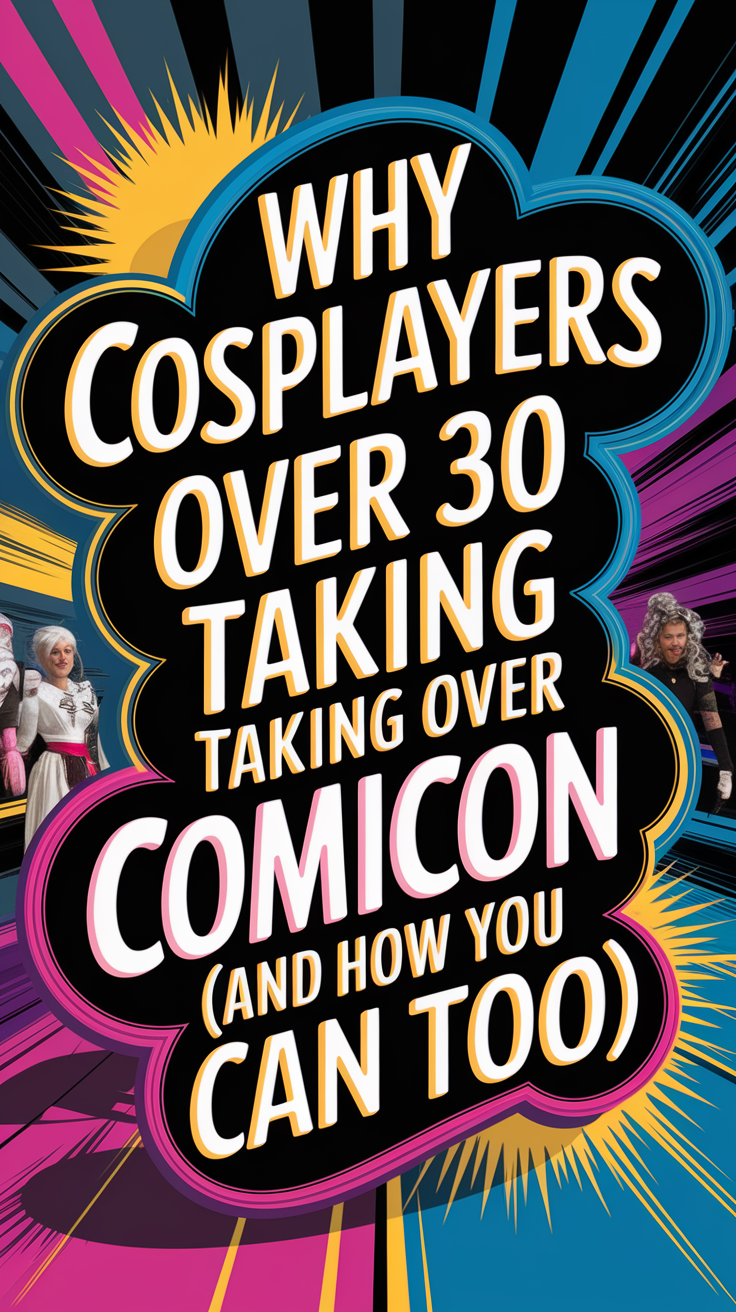
Whether you’re a seasoned entity in the craft or just gathering courage to embark on your first cosplay journey, understanding why older cosplayers are rising in the hobby world opens doors to a wealth of inspiration, sustained engagement, and a fandom that values depth over surface, experience over exhibitionism. Immersion isn’t just for summer C+ level conventions available for local download or global participation; it’s a journey dear to everyone’s heart.
Disclaimer: This article may contain affiliate links. If you click on these links and make a purchase, we may receive a commission at no additional cost to you. Our recommendations and reviews are always independent and objective, aiming to provide you with the best information and resources.
Exclusive Stories, Photos, Art & Offers - Subscribe Today!
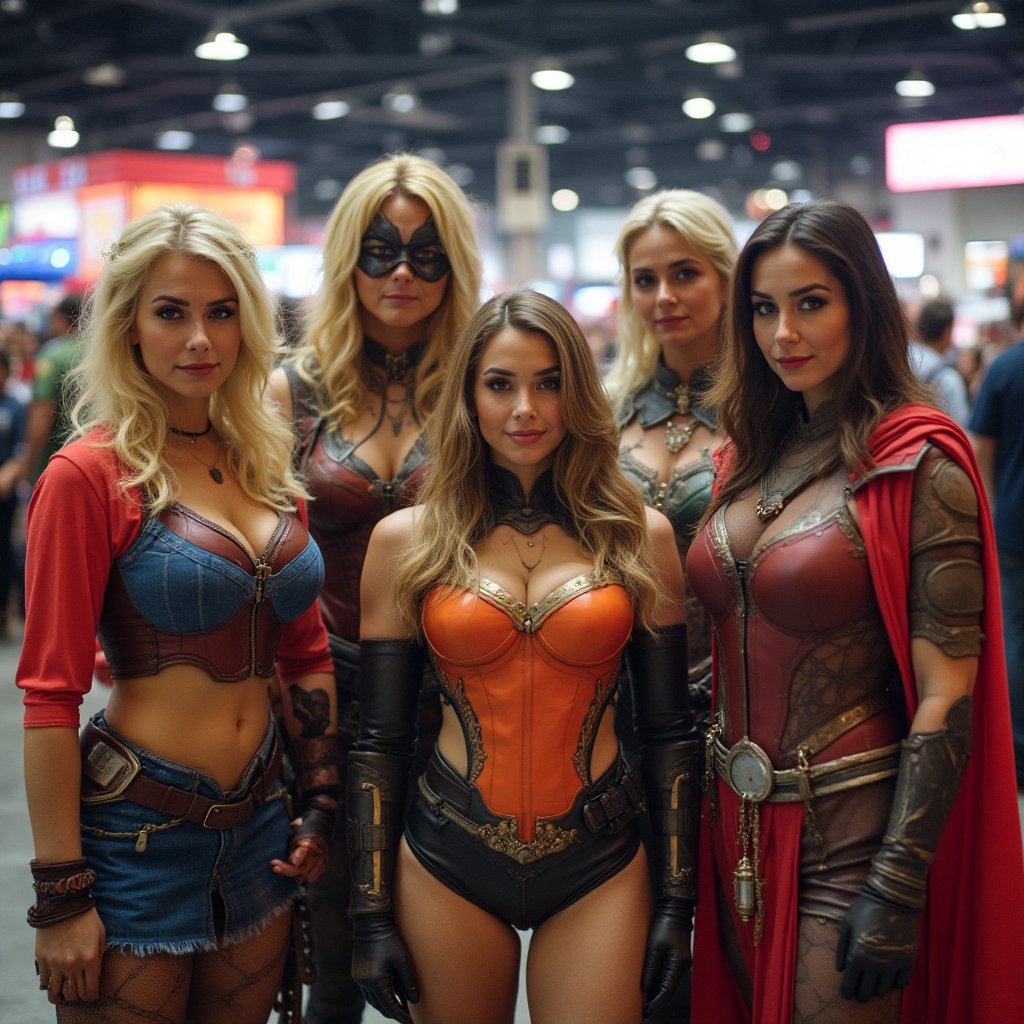

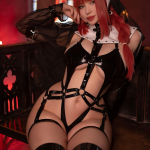

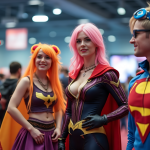
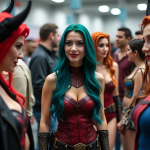
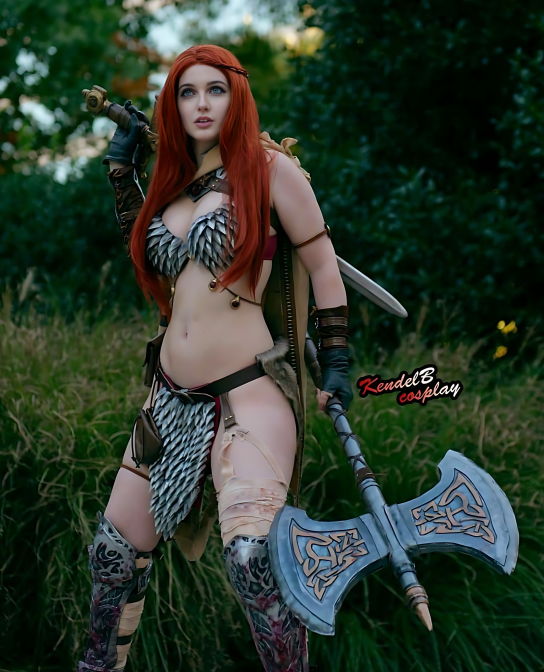
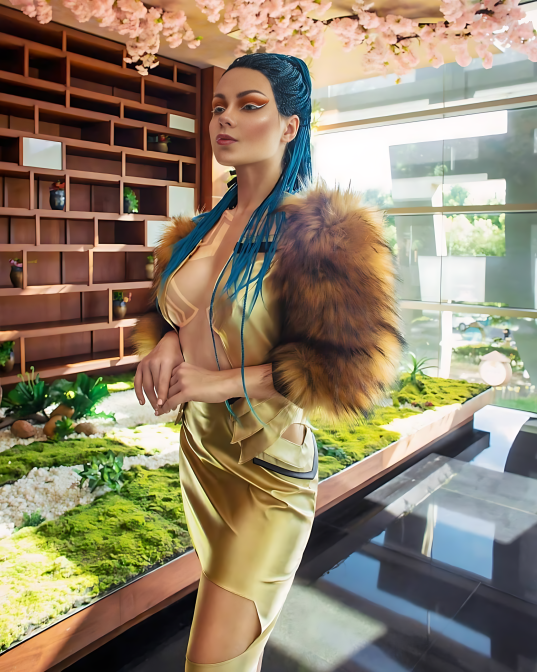
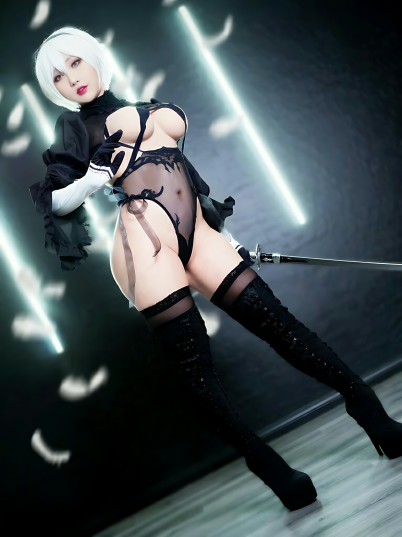
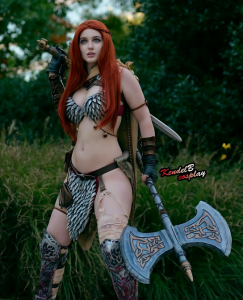
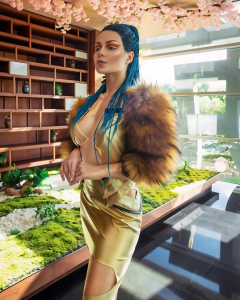
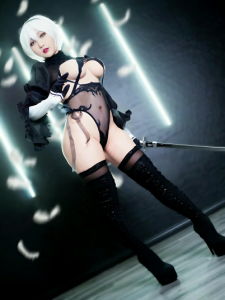
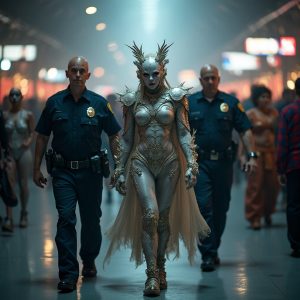






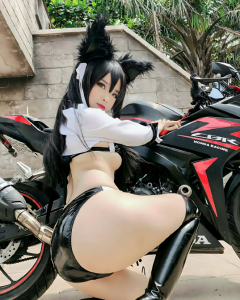
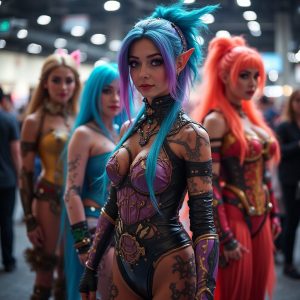
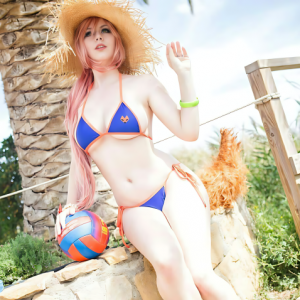
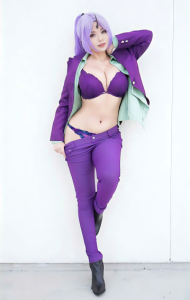
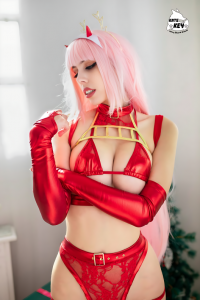

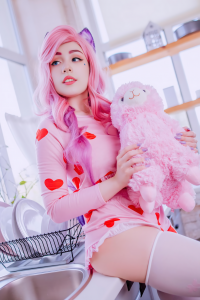
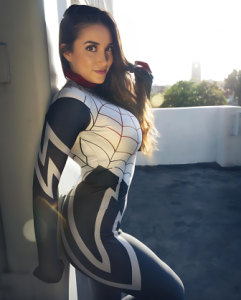




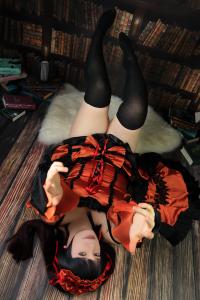
Post Comment